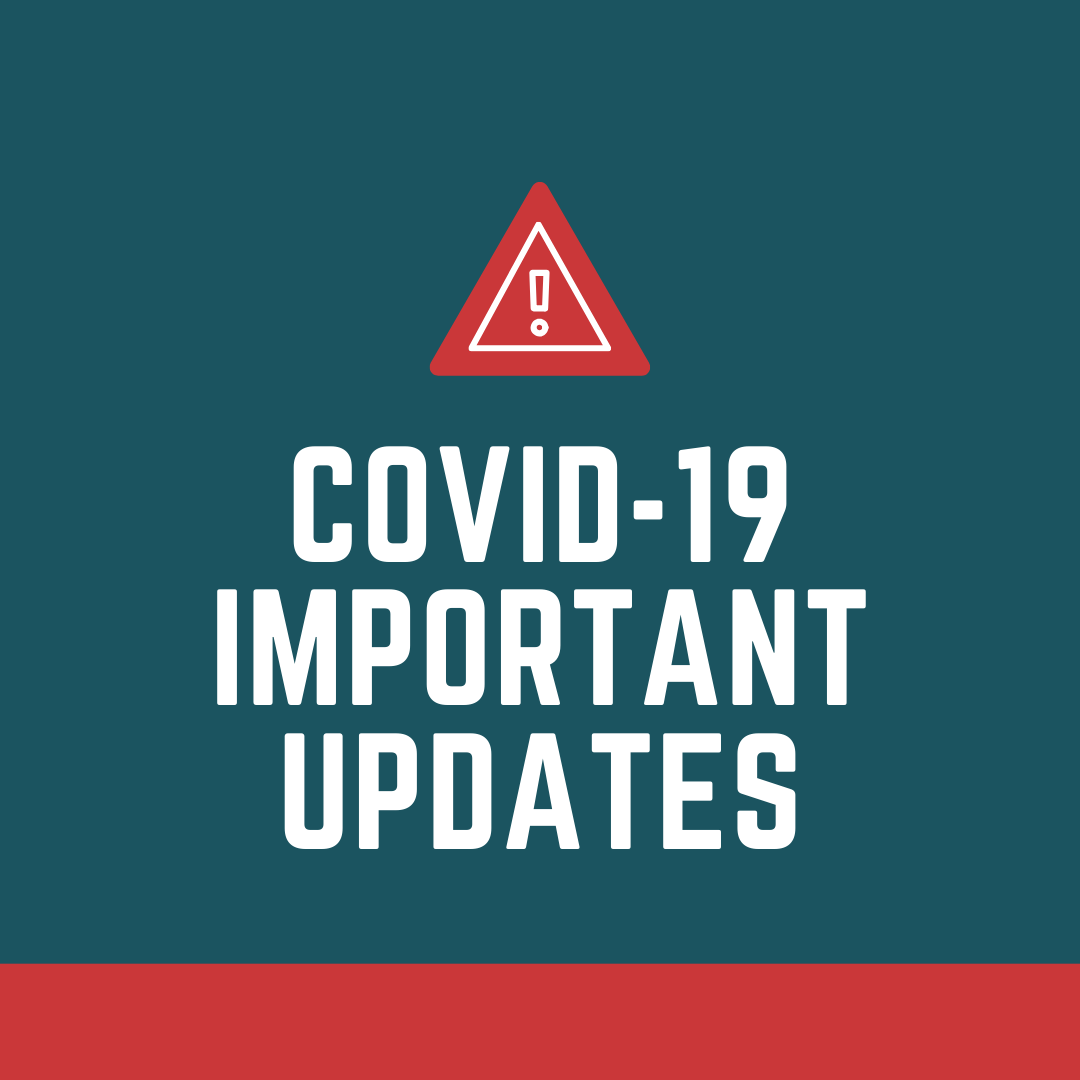Best Practices for Cleaning and Prevention
General Cleaning
- Increase daily cleaning and disinfection of common areas and surfaces. Pay particular attention to door knobs, light switches, staff rooms, desktops, washrooms and other high touch surfaces.
- Cleaning refers to the removal of visible dirt, grime and impurities. Cleaning does not kill germs but helps remove them from the surface.
- Disinfecting refers to using chemical to kill germs on surfaces. This is most effective after surfaces are cleaned. Both steps are important to reduce the spread of infection.
- Use a disinfectant that has a Drug Identification Number (DIN) and a virucidal claim. Be sure to follow the instructions on the label to disinfect effectively. Alternatively, you can prepare a bleach water solution with 100 ml of unscented household bleach per 900 ml of water.
- Be sure to use / take the appropriate precautions when using chemicals for cleaning and disinfecting. Consult the product Safety Data Sheets.
Prevention
- Wash your hands often and well (at least 20 seconds)
- Avoid touching your face, nose, or mouth with unwashed hands
- Avoid close contact with people who are sick
- Clean and disinfect surfaces that are frequently touched
- Stay at home and away from others if you are feeling ill
- When sick, cover your cough and sneezes and then wash your hands (sneeze or cough into your elbow or a tissue)


















